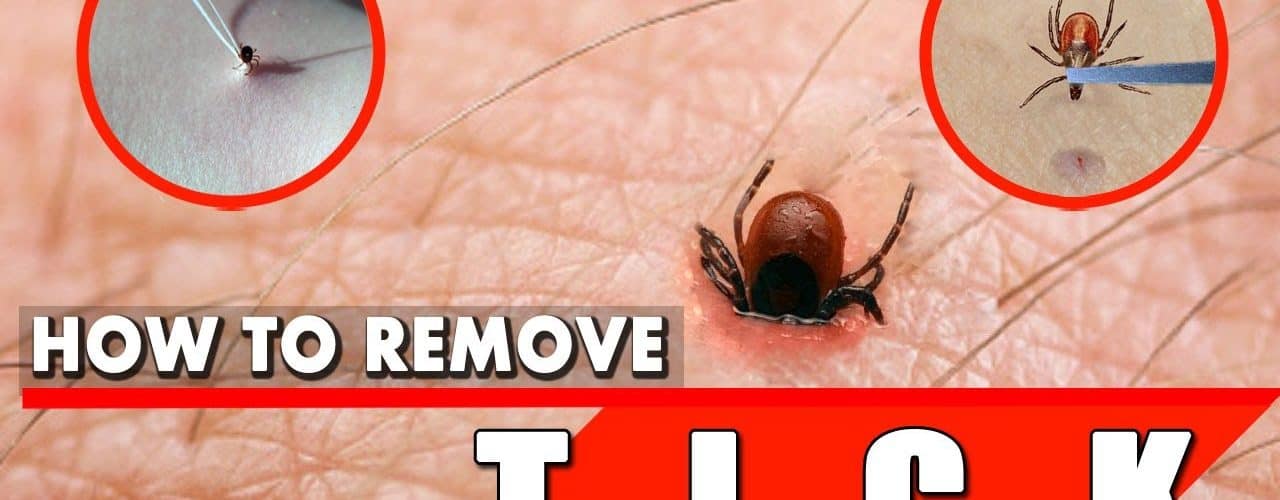Experienced outdoor enthusiasts, such as avid hikers or campers, are very familiar with the problems that a tick can cause, and as such are most likely knowledgeable when it comes to the proper removal of the insect. Most individuals, however, are not quite sure what to do when they find a tick that is latched onto them. Because ticks can carry serious illnesses and cause a person to become very ill, everybody should know exactly what to do and how to safely remove a tick.
First and foremost, consumers need to understand why it is important for a tick to be removed properly. Natural instinct often causes people to immediately try and brush off or pull off an insect that is biting them, so it is necessary to learn a little bit more about ticks. The pinchers located on the front side of the tick’s head are designed to grip the skin and allow the insect to suck the blood of its victim without being voluntarily detached. As long as the tick is actively sucking on the skin, the blood that they have in their body will not contaminate the blood stream. If a tick is pulled off improperly, however, contamination can occur and an individual can become ill.
Improperly Removed Ticks Can Cause:
– Lyme Disease
– Jaundice
– Rocky Mountain Spotted Fever
– Ehrlichiosis
When Removing a Tick DO NOT:
– Use a Match to Burn It
– Use Nail Polish Remover
Both of these methods have been shared by individuals for years, and studies have revealed that either of these can cause serious damage. Heat will cause the blood inside the tick to flow even easier and will most likely result in contamination of the blood stream of the victim. Nail polish remover takes too long to kill the tick and allows plenty of time for potential problems to arise.
Proper Removal Procedures
1. The tick should be carefully grabbed with tweezers and a steady pulling motion must be utilized. Twisting or jerking can cause the head to break and create the opportunity for contamination. If tweezers are not available, an acceptable substitute will be anything that will protect the fingers. Gloves can work, or a cloth or even a leaf can work if absolutely necessary.
2. The pinchers may be stuck in the skin, and these must be removed immediately as well. There are small barbs on each pincher, but the best way to remove them is to simply pull them straight out with tweezers. In contrast to a bee sting, the pinchers will not cause further damage if they are squeezed.
3. The area of the bite should be cleaned as quickly as possible with soap and water, but individuals that have no access to a restroom or sink can use anything that they would ordinarily use to clean out a laceration. An alcohol pad will work if necessary and should be carried with any hiker that spends any time in the woods.
As with many other possible problems, ticks are much easier to prevent than they are to treat. Using insect repellent and spray specifically intended to ward of ticks is never a bad idea, and protective clothing should be worn when traversing through particularly prone areas. If an individual is walking down a trail that is surrounded by brush and weeds, the best course of action is to attempt to walk in the middle and not allow anything to brush up against them. Checking clothes for ticks every few hours is another excellent way to avoid having to remove one in the first place. Ticks found on clothing can be removed with pliers, tape, or possibly even brushed off.
Outdoor enthusiasts are certainly not going to change their hobbies due to ticks, but it is important to learn how to safely remove a tick. The above tips can help ensure that the process will be performed safely and without creating any further opportunity for infestation.



